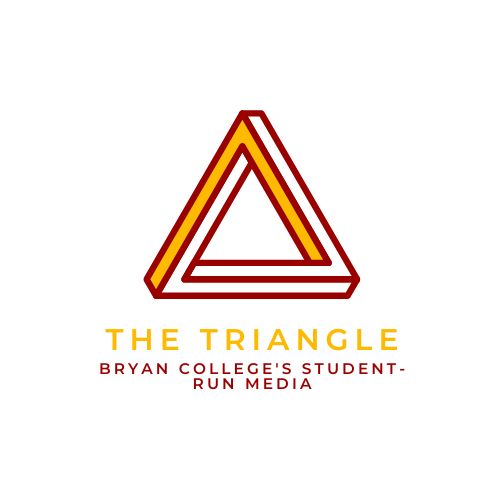Written by: Samantha Burgess, editor in chief
United States—The COVID-19 pandemic has affected every aspect of our country, including the economy. With precautionary stay-at-home orders and several non-essential businesses shut down across the United states, several million people are out of jobs and the economy is nearing a recession.
Historically, the U.S. has never seen an economic shutdown as extensive or long lasting as this one. The United States Chamber of Commerce propose that if the economic shutdown continues we will see the U.S. GDP drop by as much as 40 percent in the second quarter. Their average of estimates is -12.4 percent for the second quarter.
According to Harvard Business Review, if social distancing, stay-at-home orders and the economic shutdown continues for months on end, it would disrupt capital formation as well as labor participation and productivity growth. An extended economic freeze damaging the supply side would be hard on policy makers.
The economic shutdown has also shut down businesses, leaving many Americans out of jobs, with an estimated 3.28 million new unemployment claims.
In response to the current economic concerns, particularly lack of employment, President Donald Trump signed off on a bipartisan $2 trillion dollar economic relief plan. The new plan includes “stimulus payments to individuals, expanded unemployment coverage, student loan changes, different retirement account rules and more.”
Most adults will receive a $1,200 compensation check, with every qualifying child 16 and under adding $500 dollars to the stimulus.
Single adults with Social Security and an adjusted gross income of $75,000 or less will receive the full amount. Married couples who earn $150,000 or less and have no children will get a total of $2,400, and taxpayers filing as head of household will get the full payment if they earned $198,000 or less.
For anyone exceeding those income figures, the payment decreases until it ends completely for single people earning $99,000 or married people who have no children and earn $198,000. According to the Senate Finance Committee, families with two children will no longer be eligible for any payments if their income surpassed $218,000.
Compensation checks are estimated to arrive within the next three weeks.
Under the plan, eligible unemployed workers will receive an extra $600 per week on top of their state benefit for the next four months lasting through July 31, 2020.
The plan also aids those with student loans, with automatic payment for any student loan held by the federal government suspended until September 30, 2020.
In addition to the relief plan, Trump hopes to reopen the economy by Easter Sunday, April 12.
Samantha Burgess is a senior communication major with an emphasis in digital media and is editor in chief for the Triangle. Her interests in writing include profiles and feature articles. Burgess can often be found curled up with a good book, writing, listening to music or watching Netflix.




